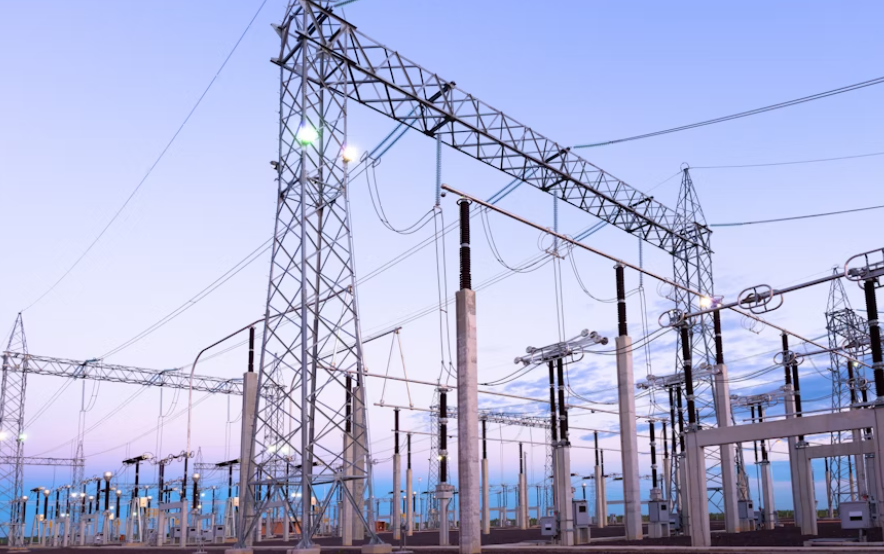Electricity is essential to many parts of life in modern societies, and will become even more so as its role in transportation and heating expands through technologies such as electric vehicles and heat pumps. Electricity production is currently the largest source of carbon dioxide (CO2) emissions on a global scale, but it is also the sector leading the transition to net zero emissions through the rapid increase of renewable energy sources such as solar and wind, but also other types of green energy such as ours, kinetic energy.
At the same time, the current global energy crisis has placed electricity security and affordability high on the political agenda in many countries.
The electricity market has been published since 2020 and its relevance goes beyond energy and climate issues, since electricity supply affects the country’s economy, regional development, budgets of companies and households, and many other areas. It is essential reading for anyone interested in the multiple importance of energy in our economies and societies today.
Increasing supply is just one of the measures governments have taken. European countries have also asked consumers to reduce their energy consumption by 15%, with a particular focus on expensive peak demand hours. Germany, which has relied heavily on Russian imports until 2022, even this winter asked its citizens and businesses to cut consumption by 20 percent.
High prices have already done much of the heavy lifting through 2022. Gas demand has been consistently below last year’s consumption and below the five-year average since 2018, according to data from Germany’s grid agency.
The invitation was obeyed. Across Europe, gas storage levels are well above the 80% target ahead of the heating season, and gas prices have steadily retreated from their summer highs. Still, Europe could still be in trouble, according to Christof Rühl, adjunct senior fellow at the Center for Global Energy Policy at Columbia University and former chief economist of BP PLC.
“You shouldn’t celebrate too soon,” Rühl said in an interview. In autumn, usually only 6% of gas is consumed and used for heating, which is why it is too early to say whether the gas in storage will be enough.
“Even if the warehouse is completely full, it will last about two and a half months,” said Rühl. “But the winter in Europe will last three and a half to four and a half months, so even then, in countries like Germany, you will have to supplement.”
Reduced demand from industry and households this winter will be key to preventing blackouts and a major industrial downturn, said Anna Borg, chief executive of Swedish utility Vattenfall AB, which owns power plants and residential heating companies in central Europe.
“Unfortunately, there is no quick fix to this problem because there is a fundamental gap between demand and supply,” Borg said during an Oct. 27 earnings call.
Industrial users of the gas, such as steel, cement, fertilizer and chemical plants, have cut output in most European industrial hubs, raising concerns about an economic downturn.
“We have to make a distinction between demand reduction and demand destruction,” said Kristian Ruby, secretary general of Eurelectric, the trade association representing European utilities. “If we have completely unregulated skyrocketing gas prices, you’re going to have demand destruction.”
Electricity prices remain high in many regions, with risks of tight supply in Europe next winter
The increase in wholesale electricity prices was most pronounced in Europe in 2022, where they were, on average, more than twice as high as in 2021. The exceptionally mild winter so far in 2022/23 in Europe has helped temper wholesale electricity prices, but they remain high compared with recent years. Elevated futures prices for winter 2023/24 reflect the uncertainties regarding gas supply in Europe over the coming year. In the European Union, a wide range of responses to the energy crisis have been observed. In order to reduce reliance on fossil fuels and to increase resilience to price shocks, the European Commission published its REPowerEU plan in May 2022 to accelerate clean energy deployment. At the same time, discussions about electricity market design gained momentum due to soaring wholesale prices, and the Commission launched a consultation on market design reform. To dampen the effects of high electricity prices on consumers, many countries introduced measures such as the regulation of wholesale and retail prices; revenue caps on infra-marginal technologies such as renewables, nuclear and coal- plants; reductions of energy taxes and VAT; and direct subsidies. While such market interventions can help mitigate the impacts of the energy crisis, the potential creation of uncertainty in the investment landscape needs to be minimised to ensure that responses to the crisis do not come at the expense of much-needed investment.

